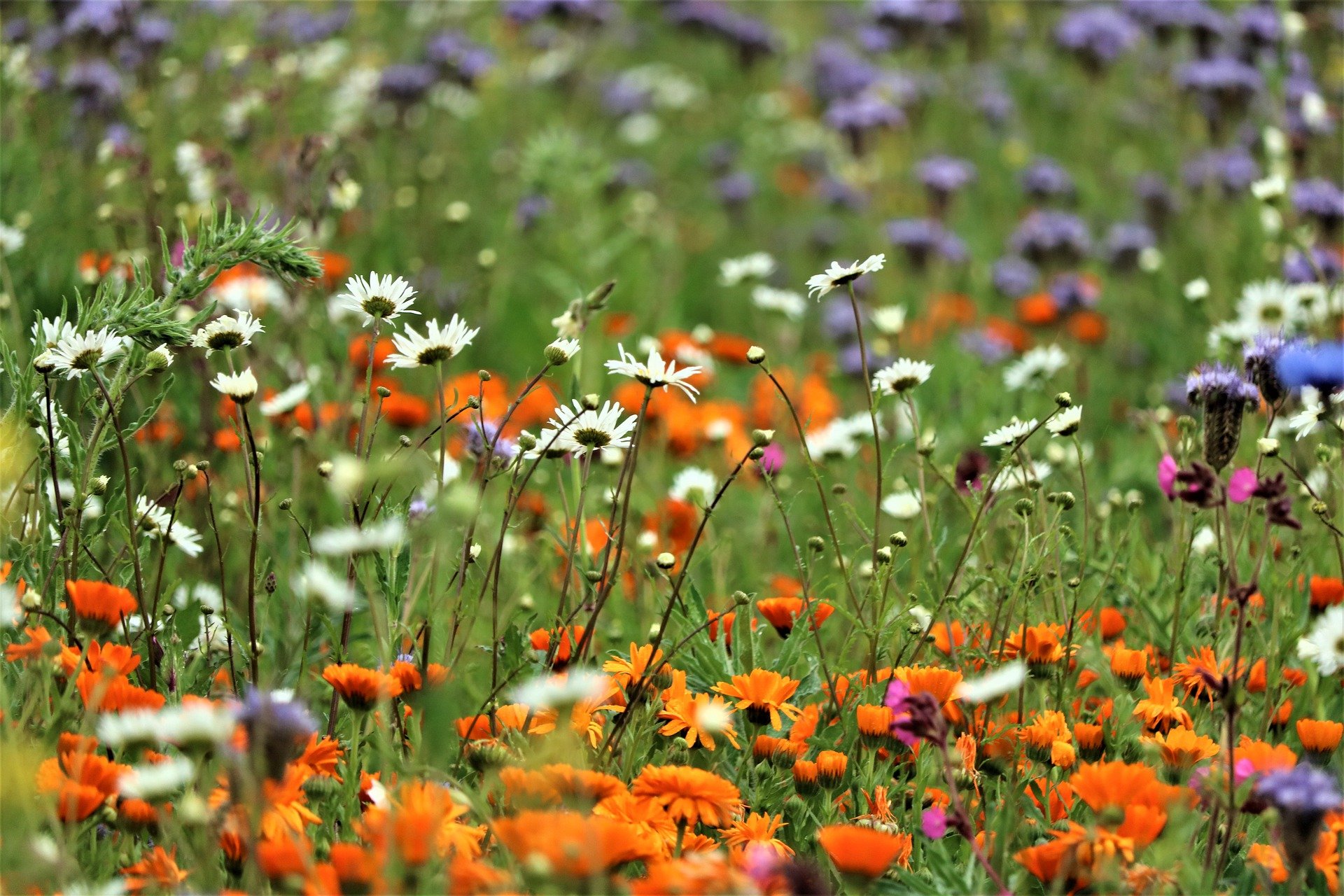Biodiversity - Life through variety

Biodiversity - Life through variety
Soil biodiversity is a guarantor of life on the surface
Humic acids can activate and regenerate soil life
May 22, 2021 was International Biodiversity Day. It reminded us how vital the protection of genetic diversity, species and their habitats is for human life on Earth. Agriculture also relies on this diversity to ensure food security worldwide - and it's far from being just about pollinator insects. In fact, the greatest global biodiversity is found below the earth's surface, in the soil. Their services are invisible to humans and yet essential for survival.
Life underground is so diverse
The diversity of species underground is almost unimaginable and without precedent anywhere in the world. One gram of soil harbors several thousand different species of bacteria, fungi, archaea and protists. This is because soil is a porous, highly heterogeneous habitat in which living conditions vary significantly from one millimeter to the next in terms of water availability, oxygen, and nutrients. Thus, countless ecological niches exist, each suitable for different microorganisms.
Species diversity ensures the continuity of ecosystem services
The soil system is highly complex and we still know comparatively little about it. The millions of bacteria and hundreds of thousands of fungi and algae clean the water and air and ensure fertile soils. They break down pollutants and pesticides, make nutrients available to plants and strengthen the plants' defenses. The various organisms each require specific conditions for their activity. As a result, on average only about 30 percent of the microbes are active, while the others are dormant and waiting to be used. The great diversity guarantees that the important microbial processes are continuous even under changing environmental conditions, for example in floodplain soils where the groundwater level fluctuates up and down throughout the year.
Diversity is extremely threatened
Agriculture in particular is highly dependent on the microbial balance and services provided by soil microbes. At the same time, many farming methods practiced to date pose a major threat to soil life. Nitrogen fertilization, pesticides, and mineral fertilizers are altering natural living conditions and greatly reducing the diversity and abundance of important underground organisms. The FAO (Food and Agriculture Organization of the United Nations) has also been pointing this out for a long time and has set a corresponding focus on biodiversity.
Protecting microbial diversity is the basis for our survival
What can be done, however, to protect or revive diversity in the soil to maintain microbial balance? In addition to regenerative practices for the soil, the use of humic acids can be an equally effective and sustainable part of the solution. Humic acids improve soil fertility at all levels, activating microbial life where it is needed. Thus, they immediately and permanently improve the chemical and physical properties of the soil and act as an organic catalyst in many biological processes. In this way, the naturally occurring conversion processes and functions of soils are maintained and promoted.
Agriculture, with its vested interest in the functioning of this system, can make a valuable contribution to the preservation of biodiversity and maintain a long-term basis for cultivation by using humic acids.


Comments
No Comments